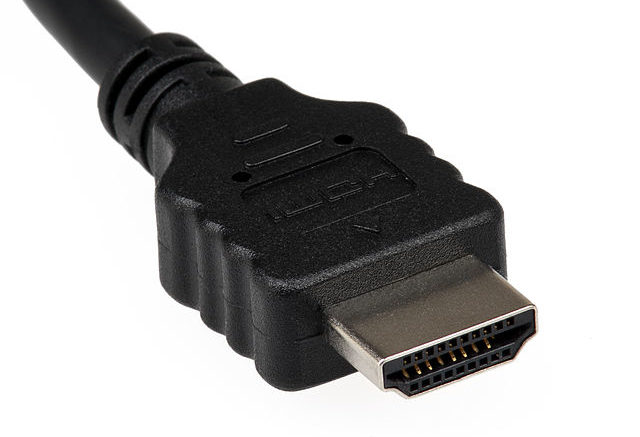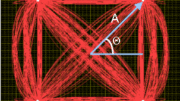HDMI. It’s a love-hate relationship. On the one hand, HDMI cables are easy, convenient, and not that expensive. On the other hand, you can’t tell a compatible one from an incompatible one. They’re also a stealth attack on your ability to store your own content. I’ve written before about how HDMI’s real purpose is to make sure you can’t copy any of the stuff you have. It’s not a side effect of the whole process… it’s the main effect. And it creates some pretty weird limitations to the way you use HDMI cables
HDMI cables are designed to be short
Your typical HDMI cable is going to be short, usually between 2 and 10 feet. That’s fine in most cases. You don’t need it to be any longer because it’s just a matter of getting from the playback device (DVR, streamer, etc) to the TV or audio/video receiver. But, with other cables you can choose to go longer if you want. Ethernet cables can go for 500 feet and use repeaters to go further. Regular old coax cables can work for 1,000 feet if you can use line amplifiers. And fiber optics? Forget about it. They have a range listed in miles.
The HDMI cable, on the other hand, gets to about 50 feet and then you have problems. And here’s the thing… it’s designed that way. It’s not by accident.
In order to provide that copy protection that HDMI promises, you need really good timing. Every couple of seconds, the source and target have to agree that things are working the way they should and that nothing wonky is happening. There’s also constant monitoring that’s support to make sure that you didn’t put some sort of copying device between source and TV. This is done by comparing tiny slices of time.
In fact, the timing needs to be so precise that even the tiny amount of time that it takes for a signal to travel 55 feet can be a problem. That’s one part of the reason that HDMI cables can’t be that long.
The other part
The other thing to consider is that HDMI cables are actually bundles of very thin wires. The thinner a wire, the more loss there is over distance. While it’s true that Ethernet cables are also pretty thin, they’re not as thin as the individual parts of an HDMI cable. That can get to be a problem as well.
The sad (and also happy) thing about this
HDMI is designed to prevent copying. It’s designed to make it hard or impossible for you to make perfect digital copies. But realistically, it doesn’t. Maybe back in 2006 it did, but there are any number of devices now that effectively bypass the problem. They either add their own timing signals or pretend to be a device they aren’t. I’m not going to go into detail for obvious reasons. Let me just say that there are plenty of web pages you can read to find out what inexpensive parts you’ll need. Some of them are even available at Solid Signal, designed to be used for legitimate reasons.
The other thing about this is that distance just isn’t the limitation it used to be. There are a lot of ways you can get video from one place to another. The easiest way is by converting the HDMI signal so it can travel over Ethernet. If that’s not your cup of tea, you can do the same trick with coaxial cable, giving you up to about 500 feet range. You can choose Redmere cables which have their own timing chips built in, or cables which adapt HDMI to optical fiber. Theoretically, fiber HDMI cables could run 1.5 miles, although it’s hard to find cables that are longer than about 700 feet.
So the point is, for all the work that HDMI engineers put in to make content hard to copy… it didn’t work. And it’s also pretty easy to bypass that distance limitation if you really want to.
Get what you need from Solid Signal
Solid Signal is your source for everything you need to live your best digital life! We can help you figure out solutions to all your wiring problems, recommend the right parts, and even help you find an installation professional in your area if you need one! Shop at Solid Signal for over 40,000 hard-to-find parts and accessories including the same things used by the pros! If you need help, just call! We’re here for you during East Coast business hours at 888-233-7563. If it’s after hours, fill out the form below and we’ll get back to you, usually within one business day.





